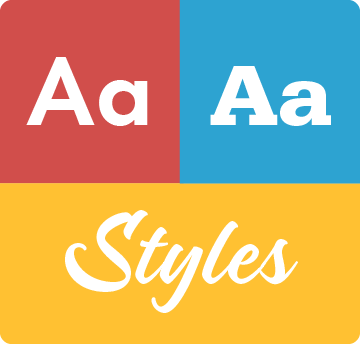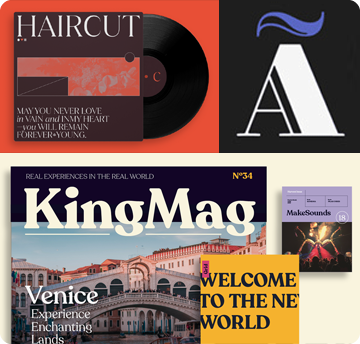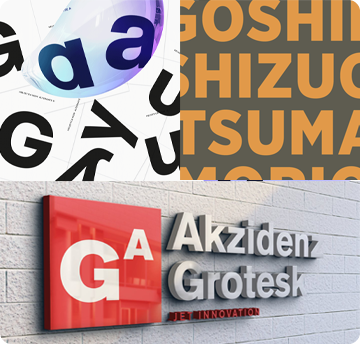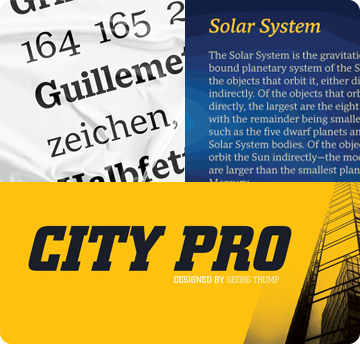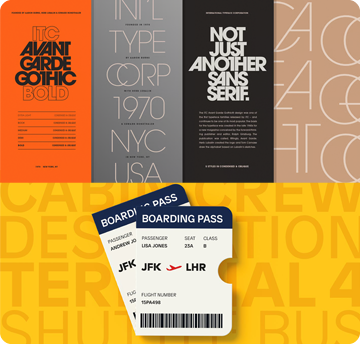Para los usos más habituales, tanto personales como profesionales, para su uso en aplicaciones desktop con un menú fuente .
Por ejemplo:
- Instala fuente en tu sistema Mac OS X o Windows.
- desktop Utilice fuente en aplicaciones como Microsoft Word, Mac Pages, Adobe InDesign, Adobe Photoshop, etc.
- Crear e imprimir documentos, así como imágenes estáticas (.jpeg, .tiff, .png)
Desktop Las licencias se basan en el número de usuarios de fuentes. Puede cambiar el número de usuarios haciendo clic en la opción desplegable de cantidad en las páginas Opciones de compra o Carrito. haciendo clic en la opción desplegable de cantidad en las páginas Opciones de compra o Carrito.
Asegúrese de revisar el acuerdo de licencia de la fundición del listado Desktop acuerdo de licencia ya que pueden aplicarse algunas restricciones, como el uso de logotipos/marcas comerciales, restricciones geográficas (número de establecimientos) y productos que se venderán. ubicaciones) y los productos que se venderán.



